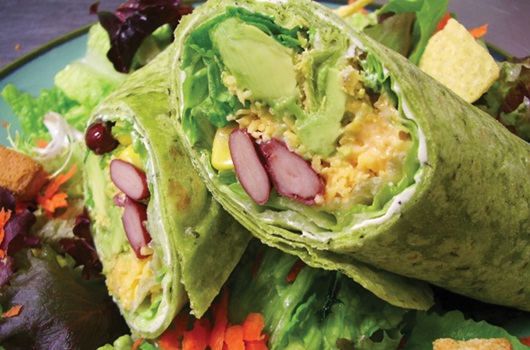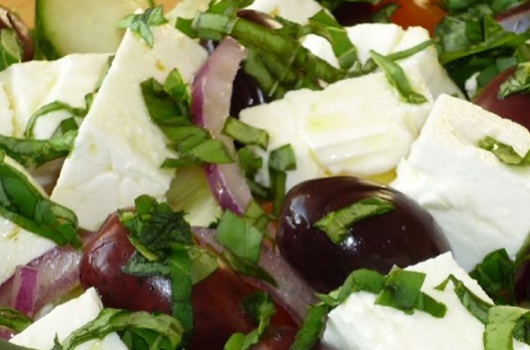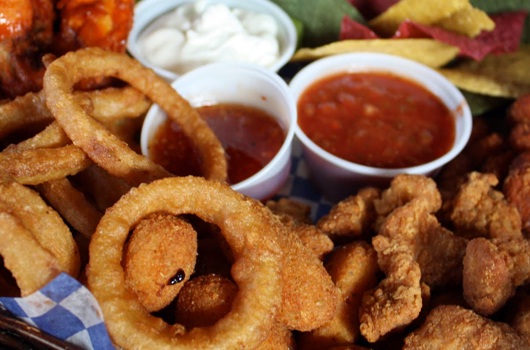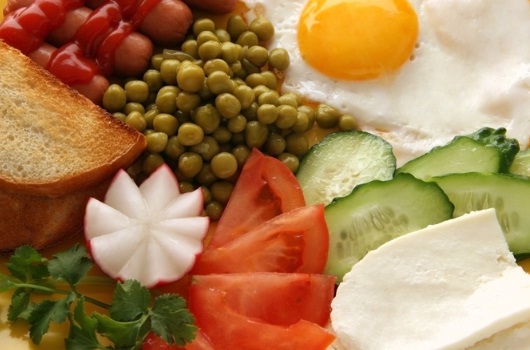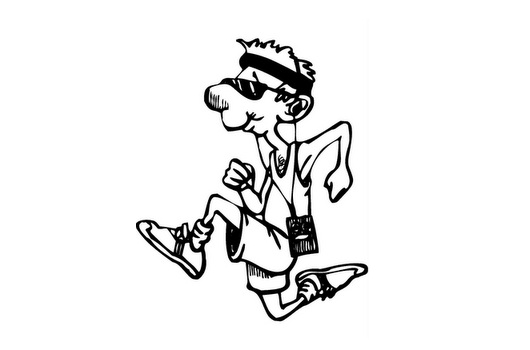 | « Back to article | Print this article |
Massively overweight? Follow THESE nutrition tips
Individuals are increasingly becoming overweight as they eat more calories than they require and are not active enough to use up the extra energy they've consumed.
It is important, especially for obese individuals, to balance their physical activities with the amount of food they eat.
In the following pages, we tell you how.
Please click NEXT to read more...
Snacking
Include healthy snacks like fresh fruits, high-fibre cereals, multigrain sandwiches, egg whites, fruit yoghurt and nuts or homemade snacks in your daily diet schedule.
Avoid ready to eat fried snacks or processed variety.
Food groups
Obese individuals especially need foods from all basic the food groups, which include carbohydrates, fruits, vegetables, dairy products, proteins, healthy fats and water.
Foods need to be rich in fibre and fatty and sugary snacks or meals need to be limited.
Calcium-rich foods
Research states that mineral calcium plays a key role in how the body burns fat and it's believed that the more calcium that's stored in a fat cell, the more fat that cell is able to burn.
Calcium-rich foods include milk, cheese, yoghurt, green leafy vegetables, cereals, sesame seeds and tofu.
Iron-rich foods
Iron-rich foods are essential, as iron keeps red blood cells healthy.
Iron-rich foods include tofu, sesame seeds, pumpkin seeds, venison, beef tenderloin, kidney beans, garbanzo beans, navy beans, lima beans, olives, mustard greens, green beans, quinoa, thyme and turmeric.
Avoid empty calories
All of us indulge in some junk or processed foods that are rich in butter, oils, sugar and salt, or those rich in unhealthy added fats, oils, butter and sugar.
Just ensure the frequency of eating empty calorie foods is limited and that it is consumed in very small servings.
Make a balanced diet a group effort
An overweight individual needs a balanced diet that provides all the essential building blocks of nutrients for growth and development.
Start by ensuring that the entire family is eating healthily, otherwise it is not likely to work.
Physical activity
Obese individuals need to practice a regular exercise routine plus eat a healthy foods to add muscle mass, strengthen bones, increase metabolic rate and lose weight.
Cardiovascular exercise (walking, cycling, swimming etc) burns calories and boosts your metabolism; and strength training (squats, chest presses, biceps curls, triceps dips etc) is a good way to build lean muscle.
